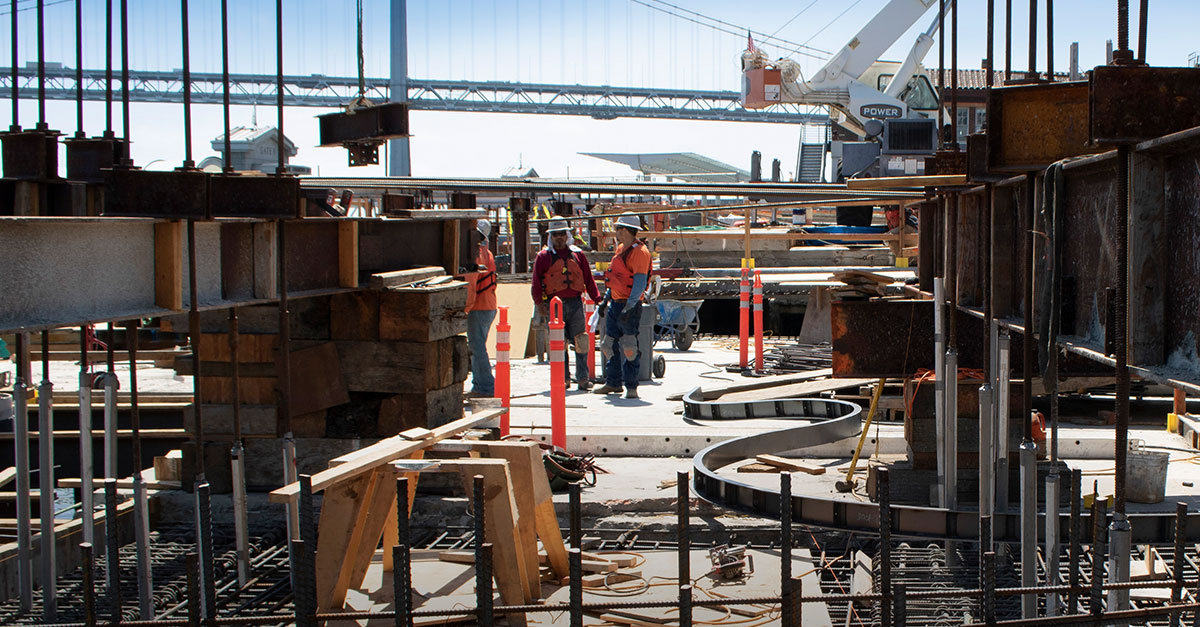Go paperless on the jobsite to improve construction productivity

To improve jobsite productivity, you must first go paperless in the field. This is one of the five secrets to improving jobsite productivity.
While there is no magic wand to wave over the industry, there are five steps you can take towards improving construction productivity — the first of which is going paperless on-site. According to Mckinsey's Global Digitization Index, the construction industry is one of the least digitized in the world. One reason for this, according to the 2018 ConTech Report, is that 40 percent of construction companies still use paper and pen on-site. This suggests that companies are reluctant to move away from older methods of communication and into the Cloud where real-time sharing of information between disparate teams boosts collaboration, transparency, and ultimately, productivity. Instead, Mckinsey reports, construction companies rely on paper and pen to create and manage deliverables such as blueprints, design drawings, daily reports, and punch lists. As a result, information sharing is delayed, important data is lost, and time is wasted looking for the answers required to progress real work. This, in turn, stunts construction productivity.

The digitization of construction workflows with construction productivity software, however, is slowly catching on and reinventing the industry — so much so that Graham Group, a $2.2 billion dollar company in Canada, broke away from traditional habits to embrace technology and improve jobsite productivity. Graham was able to eliminate paper copies of plans in the field which saved them $35,000 on printing costs on a single project. Now, instead of manually updating plans and reprinting them when a change is made, Graham can add markups on the fly and access the most recent set of drawings from any mobile device; a huge-time saver for jobsite teams and a simple way to improve jobsite productivity.
To continue to move the field productivity needle forward, construction companies — big and small — should go paperless on-site to improve coordination, communication, and consistency on projects. Only then will production will flow.
Go paperless to improve coordination
Successful construction projects inherently require that multiple organizations or functional groups ‘play nice together,’ which is easier said than done when not every person or team on a jobsite uses the same medium to collaborate. Greg Lynn, architect, professor at UCLA, and co-founder of Piaggio Fast Forward says: “On the jobsite, there is a real disconnect. Some people are working from phones, some from drawings, and some are working from 3D files on the back of trailers. As a result, waste, budgets, and schedules have increased to more than it was in 1960.”
Project success is, therefore, the ability to assemble owners, general contractors, subcontractors, and suppliers around shared knowledge and common goals to create an environment of mutual benefit. This coordination of professionals must exist across all lifecycle phases of an asset — from design, through construction, operations, and maintenance — for maximum field productivity and project success.
It’s important to note that a lack of coordination has real costs and that the extent of these costs is much worse than many construction companies realize. For example, up to four hours are lost to rework activities incurred from poor coordination each week, and, according to constructionpros.com, 90 minutes per person per day is wasted ‘looking for stuff’ needed to keep production moving. This annualizes to about to about 18,000 hours spent looking for information such as phone numbers, misplaced tools, parts, and jobsite directions; information that is easily accessible when everyone is working from the same place.

Go paperless to improve communication
Engineering and construction professionals still communicating via paper plans, physical notes, emails, or calls in the field are not only stunting jobsite productivity but hurting profitability. In the U.S. alone, $31 billion is wasted on rework due to miscommunication and having inaccurate data on-site, according to a study lead by FMI Corporation. To reduce this type of construction waste significantly, craftspeople should embrace mobile construction technology that supports real-time communication between jobsite and office teams. With projects becoming more complex and schedules running tighter, the need for fast and effective communication has never been greater. Having the ability to capture and catalog communication in real-time not only keeps production moving but enables workers to resolve issues more efficiently should they arise.
Go paperless to improve consistency & compliance
JBKnowledge reports that nearly 50 percent of craftspeople still manually prepare and process reports, meaning digitization must ultimately serve multiple masters and all project assets — reports, documents, regulatory requirements, and plans — must exist within a lifespan both contractors and owners are a part of. Unlike contractors who exist within a shorter project lifecycle, owners need assets to exist beyond the completion of a single project or date, and that’s exactly why digitization matters. According to Andy Holtmann, collecting physical copies of requirements or regulations often leads to a loss of information and communication delay — not to mention the fact that paper documents are expensive and rarely get updated. For example, in the event that compliance issues arise, the project owner must have access to the right information he or she needs in order to respond quickly and confidently. If this information is scattered in various folders, spreadsheets, or physical files, it's going to take them much longer to find what they’re looking for. The owner must ensure that no matter what stage of the lifecycle their project is in, the necessary insight into digital information can be readily retrieved and acted upon in the field and on the jobsite. If not, production won’t flow. Digitization of inspection check lists and punch lists via real-time construction management software, can help to bridge this informational gap between the field and the office.

 Tara Callinan •
Tara Callinan • 
















